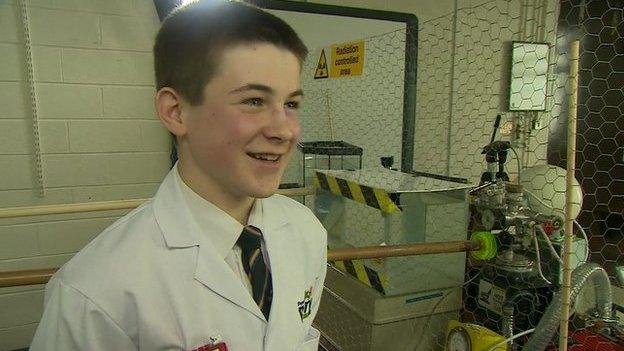What is nuclear fusion and why is it important?
- Published
- comments
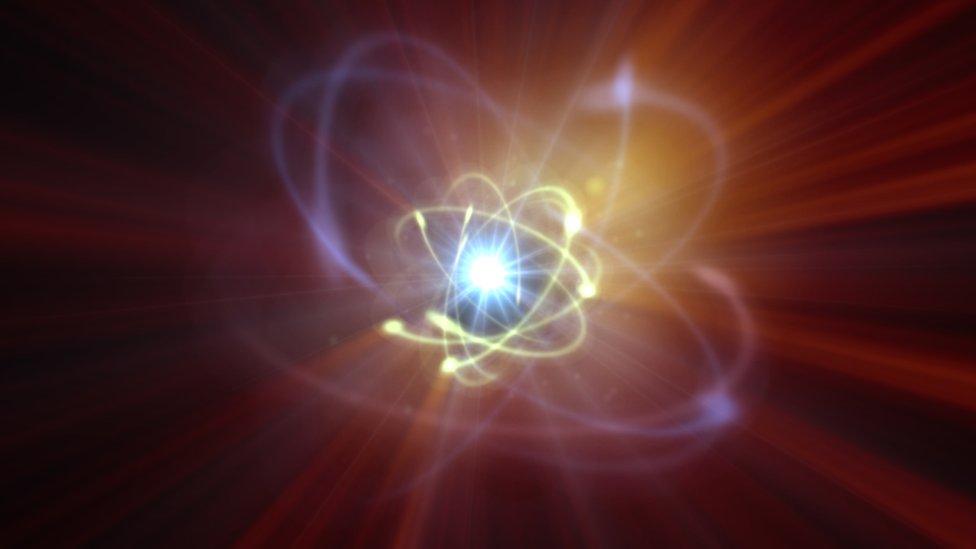
Scientists in the US have made a major breakthrough in achieving almost unlimited green energy that could one day power everything from homes to everyday items.
It's called nuclear fusion and unlike the burning of fossil fuels such as coal, oil and gas, it doesn't produce climate harming greenhouse gases.
What is nuclear fusion?
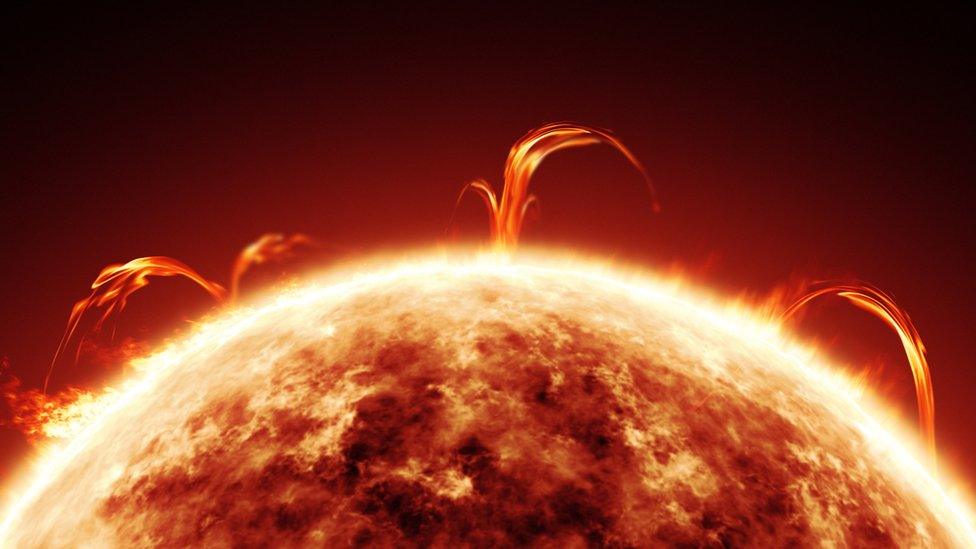
Nuclear fusion is what keeps the Sun burning as an almost unlimited ball of energy at the heart of our solar system.
To understand nuclear fusion, there are tiny particles that make up everything around us, they are called atoms. In the centre of each atom, is a something called a nucleus.
When an atom's nucleus combines with another atom's nucleus, a huge amount of energy is made! It is called ''fusion'' because they are being fused together.
For about 60 years scientists from more than 50 countries have been trying to recreate it as a reliable source of energy here on Earth.
How is it different from nuclear power?
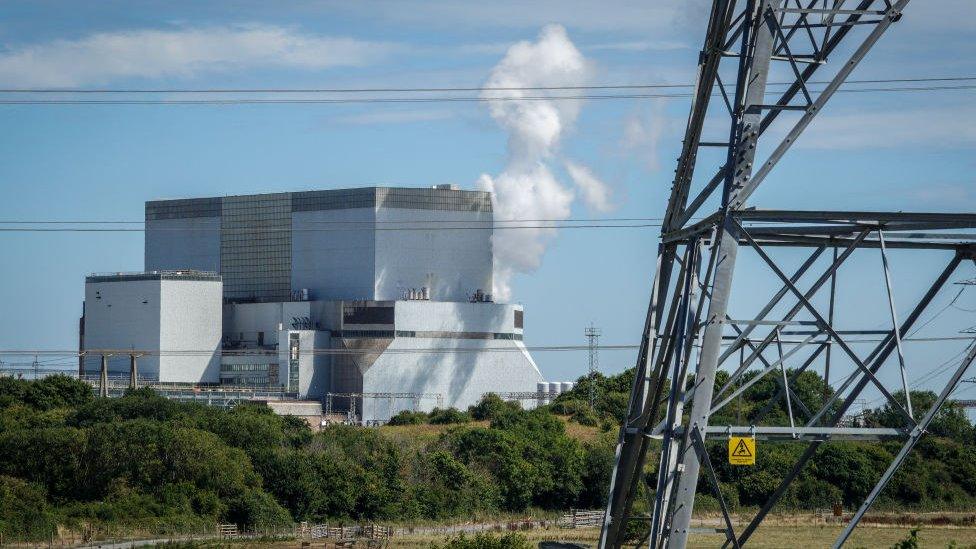
Nuclear fusion is different to nuclear fission which is how nuclear power stations generate electricity
You may have heard about nuclear power stations. They also generate power using atoms in a process called nuclear fission.
Unlike nuclear fusion which fuses atoms together, nuclear fission generates a tremendous amount of energy by splitting atoms in half.
And although nuclear power doesn't cause greenhouse gases like burning fossil fuels, it does create potentially dangerous radioactive waste, which if not contained safely can contaminate areas for thousands of years.
So is nuclear fusion good for the environment?
Nuclear fusion is less radioactive and the waste created in the process breaks down much more quickly, meaning it's safer and much easier to handle and store.
Fusion also doesn't generate greenhouse gases, which trap the Sun's heat and contribute to climate change.
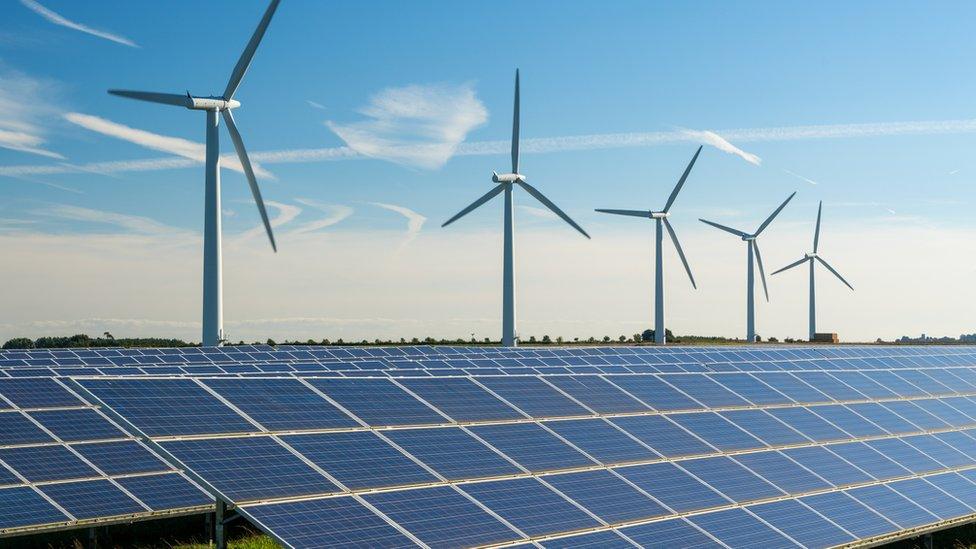
Nuclear fusion is an energy source that doesn't rely on weather conditions like solar or wind power
Unlike solar or wind energy it is not dependent on the weather conditions needed to generate power either.
The process of fusion also uses two things that there of lots of on Earth: lithium metal and hydrogen gas.
How did scientist recreate nuclear fusion on Earth?
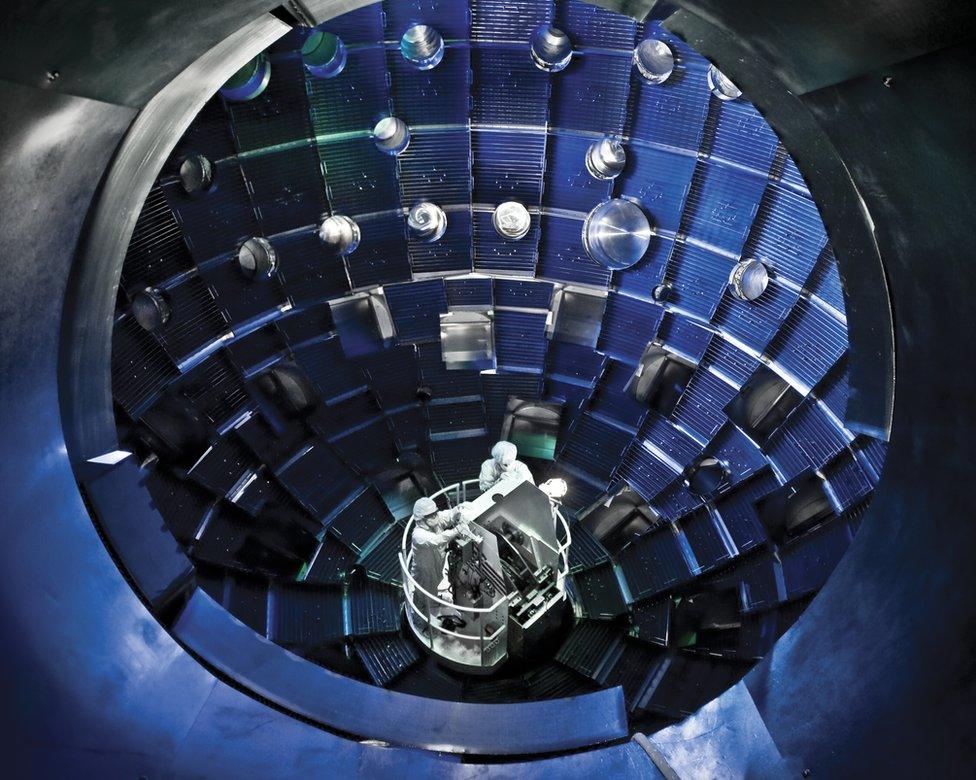
The interior of a chamber where nuclear fusion takes place
In order for fusion to happen experiments need to generate a lot of heat.
Even though fusion needs a lot of energy to happen, its seen as being worthwhile because it produces much more power than is used to begin with.
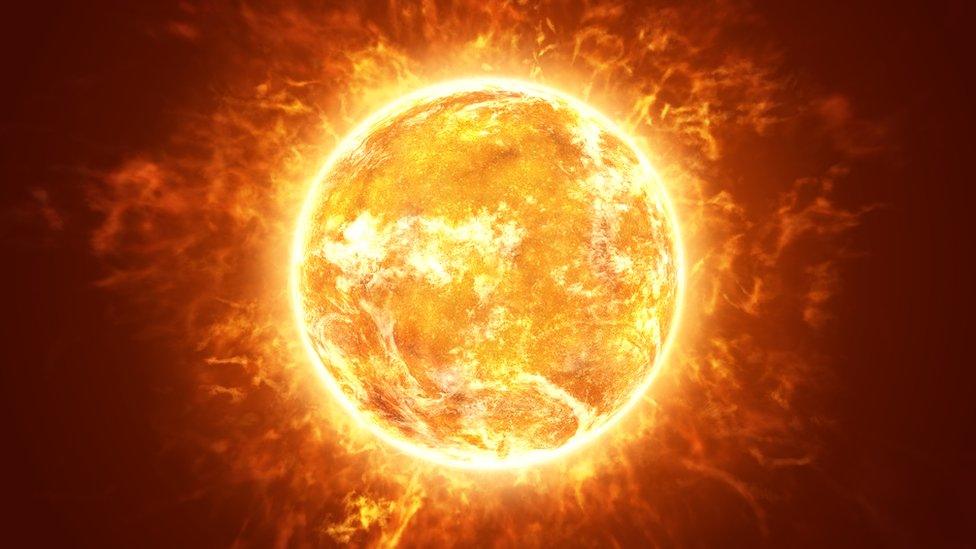
In the Sun this happens thanks to extremely high temperatures of around ten million degrees Celsius, and significant pressure - more than 100 billion times that of the Earth's atmosphere.
On Earth, scientists have tried different ways to attempt to recreate these conditions.
But it has proved very difficult to maintain the high temperature and pressure needed for long enough to be successful.
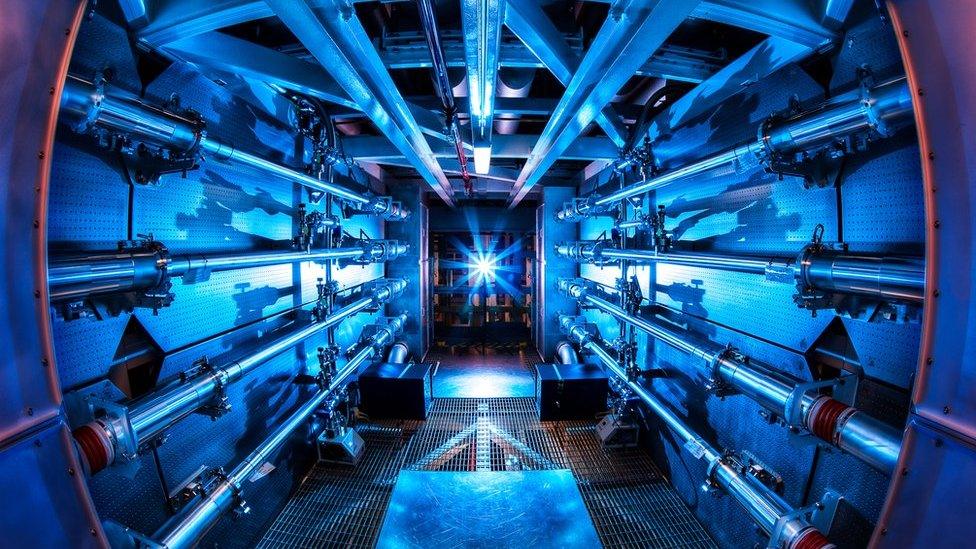
The NIF has the most powerful laser system in the world
But now, in a major breakthrough, during an experiment at the National Ignition Facility in California, 192 lasers turned a tiny amount of hydrogen into enough energy to power 15 to 20 kettles.
This means that - for the first time - scientists successfully generated more power from the hydrogen than the lasers put in to power the experiment in the first place.
One of the scientists involved, Dr Kim Budil said: "This is a historic achievement… over the past 60 years thousands of people have contributed to this endeavour and it took real vision to get us here."

'A true breakthrough moment'
However, it will be many years before recent successful experiments are scaled up.
Although scientists have described the results in the United States as a true breakthrough moment - they point out that much more work is needed before nuclear fusion could be used to power homes or businesses in the future.
- Published6 March 2014
